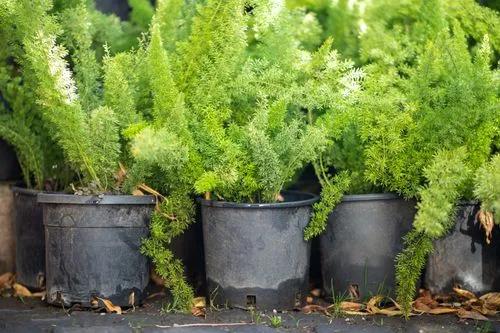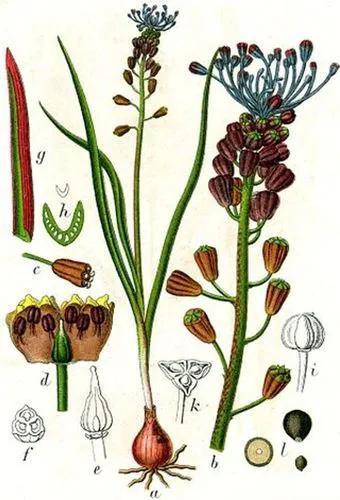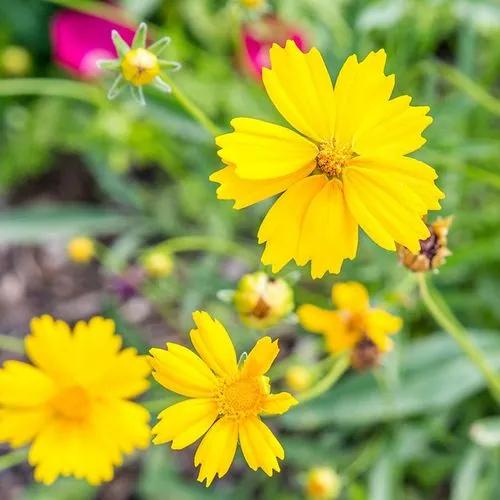Passiflora, known also as the passion flowers or passion vines, is a genus of about 550 species of flowering plants, the type genus of the family Passifloraceae. Passion flowers produce regular and usually showy flowers with a distinctive corona.
Brazilian passion flower Care
Passiflora incarnata
Other names: Fragrant Granadilla, Winged Passion Flower, Passion Vine, Passionflower, Passionvine



The genus Passiflora contains over 500 species, so the common name passionflower can describe a number of different plant types. Some are shrubs, annuals, perennials, and even trees—some also produce edible fruits. They all share exotic flowers that remain open for only about one day. The flower has a wide, flat petal base with five or 10 petals in a flat or reflex circle. The ovary and stamens are held atop a tall, distinctive stalk that is encircled by delicate filaments. The stigmas start high above the anthers and slowly bend backward for easier pollination. Where they are hardy, passionflowers are usually trained on a trellis, fence, or other vertical structure. The flowers are extremely attractive to butterflies and other pollinators. In regions where they are not hardy, passion flower plants are often grown in pots and moved indoors to overwinter.
How to Care for the Plant

Water

Passionflowers should be given a deep watering immediately after planting. Passionflowers thrive with one or two deep waterings per week throughout the growing season, providing about 1 to 1 1/2 inch of water every week if there is no rain. They do not handle drought well.

Fertilizer

Passion flower vines are heavy feeders. They benefit from a regular, light application of lower-strength, balanced, general-purpose fertilizer with equal proportions of nitrogen, phosphorus, and potassium. Fertilize the plant before new growth emerges in early spring, and then repeat every four to six weeks until early autumn.

Sunlight

To keep your passionflower vines healthy and blooming, plant them in full sun to partial shade. In extremely hot climates, some afternoon shade is appreciated. Passionflowers generally need at least four full hours of sunlight a day; more in cooler climates and some partial shade in the hottest areas.

Soil

The soil should be well-draining, but rich. Passionflowers grow and bloom best when the soil is kept moist. Soil pH can be in the neutral range, anywhere from about 6.1 to 7.5. The addition of compost to the planting hole will help retain moisture.

Temperature

It has been known to survive temperatures as low as 5ºF (-15ºC) but the plant may need winter protection in cooler regions. Potted plants should be brought indoors when the temperature is freezing.

Container

This plant can be grown in containers. Choose a container with enough drainage holes.

Popularity

341 people already have this plant 157 people have added this plant to their wishlists
Discover more plants with the list below
Popular articles






